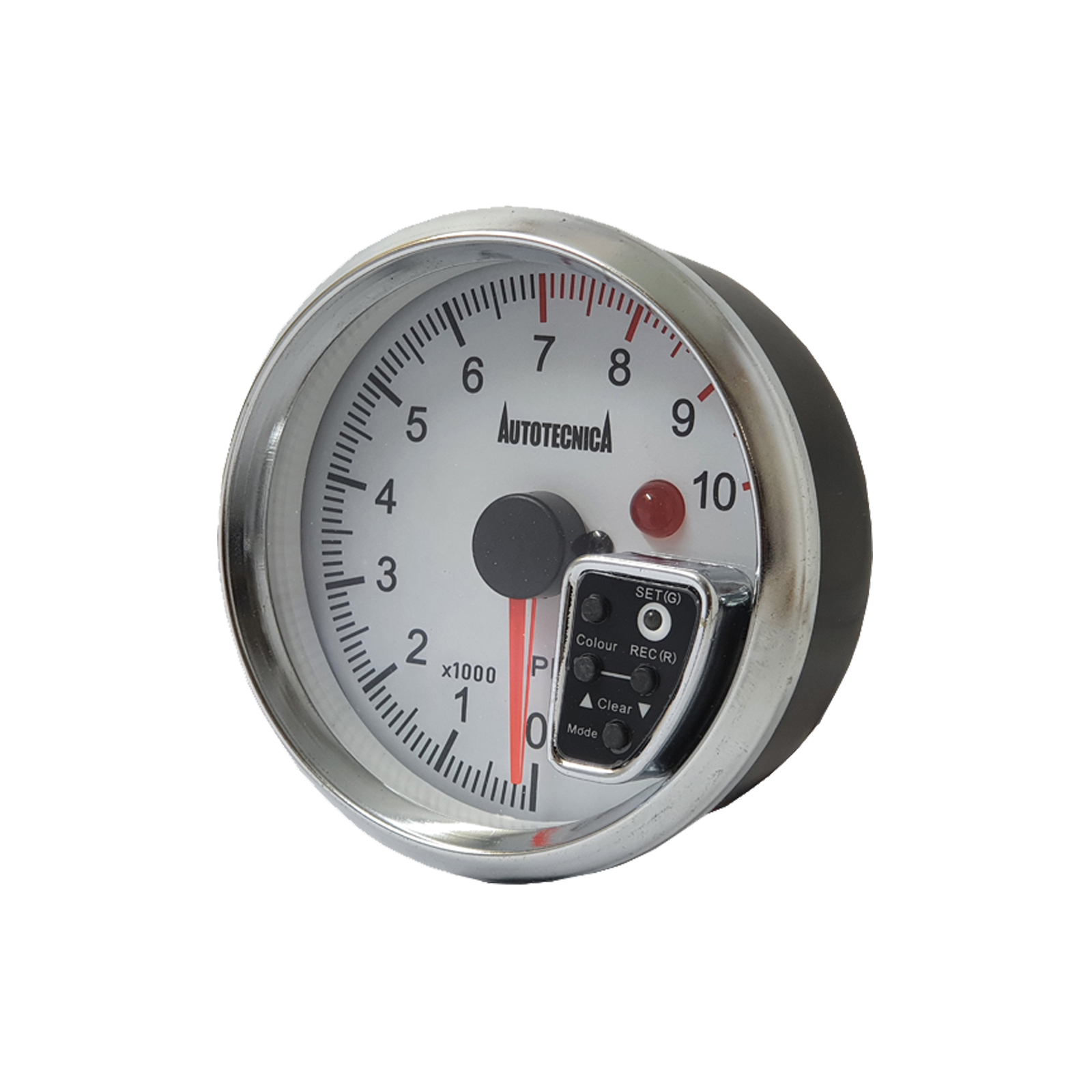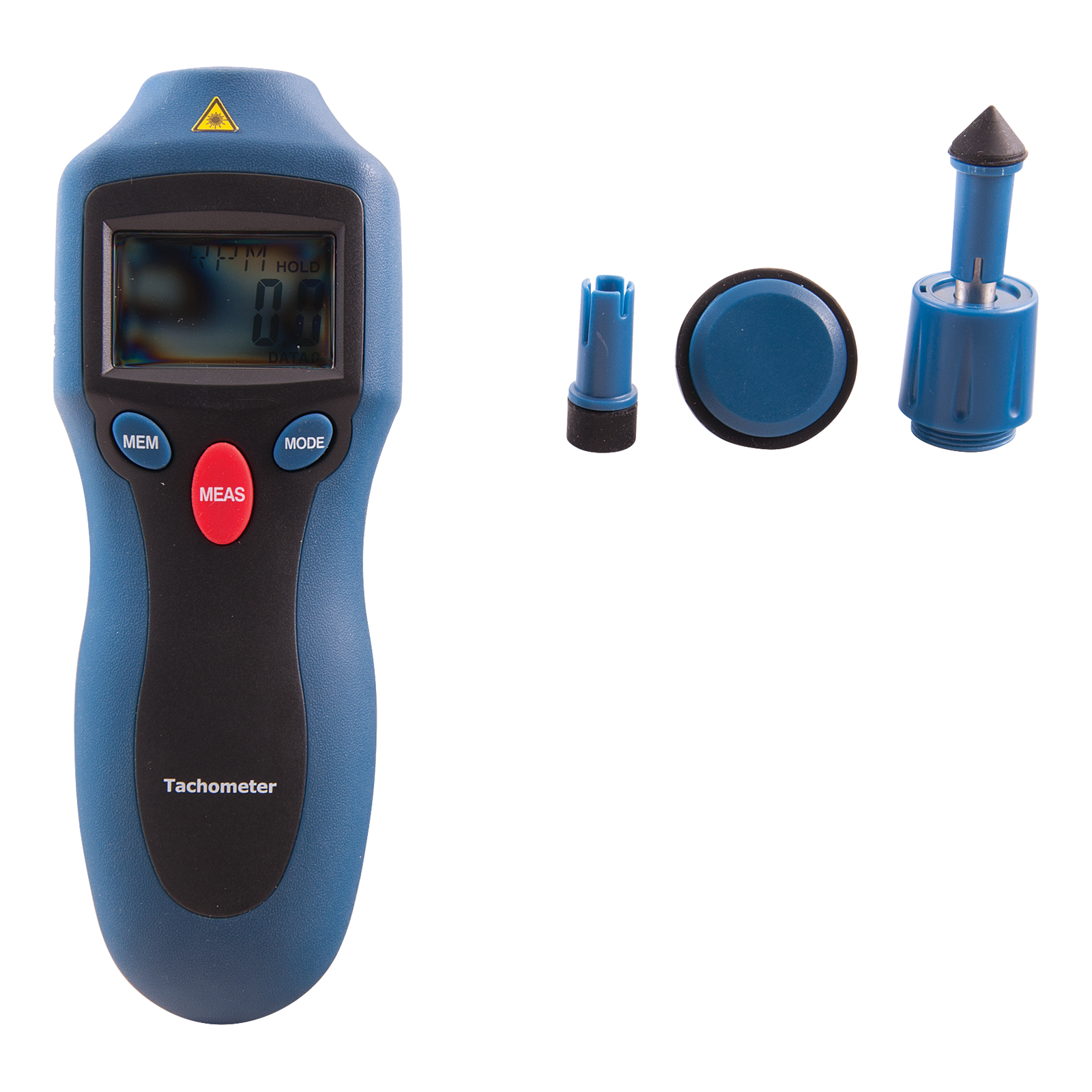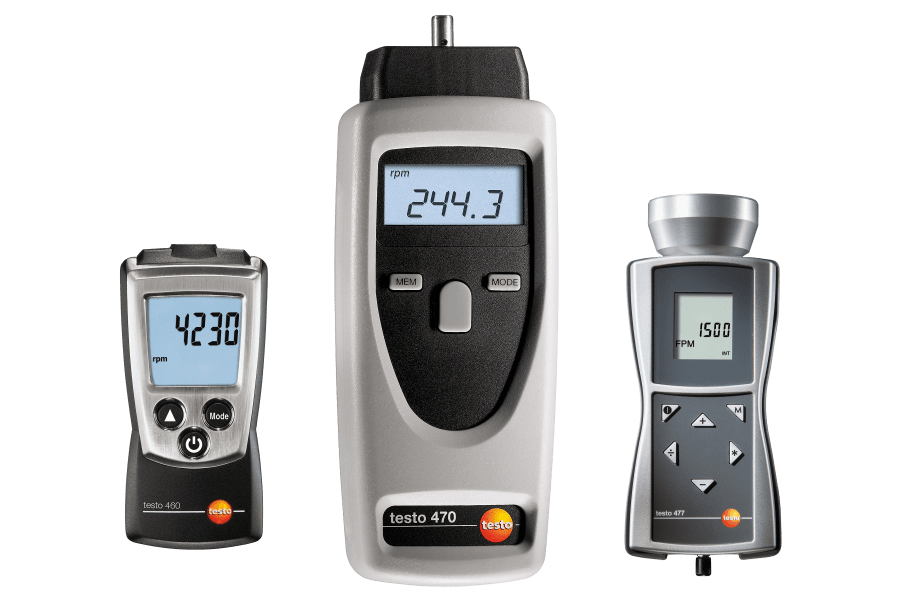The Significance of a Tachometer in Keeping Track Of Engine Speed and Efficiency in Automotive Applications
In the realm of automotive engineering, the tachometer stands as a crucial tool in the motorist's arsenal, supplying a straight window right into the inner operations of a vehicle's engine. Past its feature as a simple scale of transformations per min (RPM), the tachometer acts as an essential tool for lovers and experts alike, providing real-time insights right into engine performance and wellness. Recognizing the relevance of this tool surpasses surface-level observations, diving into the detailed relationship in between engine speed, power output, and general driving experience. As we explore the diverse duty of the tachometer in automobile applications, a much deeper appreciation for its influence on vehicle dynamics and efficiency starts to arise.
Significance of Monitoring Engine RPM
Keeping track of engine RPM, or transformations per minute, is a vital element of automotive upkeep and performance analysis. Engine RPM directly correlates with the rate at which the engine's crankshaft rotates, showing exactly how rapidly the engine is running.
Moreover, checking engine RPM is essential for performance evaluation in auto racing and high-performance cars. Preserving optimum RPM levels is vital for achieving peak power output and velocity. Racers often use tachometers to guarantee they are operating within the perfect RPM variety for maximum performance. In summary, keeping track of engine RPM is not just crucial for spotting issues but additionally for enhancing engine performance in various automobile applications.

Advantages of Real-Time Information
In vehicle applications, real-time data plays a critical role in supplying instantaneous understandings right into the efficiency and condition of the automobile. By continually keeping track of different parameters such as engine speed, temperature level, fuel consumption, and extra, real-time information supplies countless advantages that add to enhanced effectiveness and security when driving.
One substantial advantage of real-time information is its capability to sharp motorists and professionals to any kind of abnormalities or problems without delay. This positive technique enables quick identification of potential troubles, allowing for prompt interventions to avoid additional damages or break downs. Furthermore, real-time information helps with useful source efficiency optimization by supplying prompt feedback on driving routines and engine efficiency. Motorists can adjust their behavior in real-time based upon this info to accomplish better gas economic situation and lengthen the lifespan of their automobile.

Moreover, real-time information plays an essential duty in modern automobile diagnostics, enabling specialists to promptly diagnose and resolve breakdowns. This causes decreased downtime, lower upkeep prices, and eventually, boosted general vehicle dependability and longevity (tachometer). By using the power of real-time data, automotive stakeholders can make informed choices that positively impact both the performance and long life of the car
Influence On Gear Shifts
The tachometer plays an essential role in maximizing equipment shifts by supplying real-time engine rate information to the vehicle driver. When coming close to the redline on the tachometer, it indicates the vehicle driver to upshift to prevent over-revving the engine and triggering potential damages.
Moreover, the tachometer aids in achieving smoother equipment transitions, particularly in hand-operated transmissions. By monitoring engine rate, drivers can implement gear changes at the ideal RPM variety, lowering jerking activities and minimizing wear on the transmission elements. This accuracy in gear changes not original site just boosts driving convenience however also adds to fuel performance.
Enhancing Gas Effectiveness
Offered the essential function the tachometer plays in maximizing gear shifts for performance and engine health and wellness, it directly adds to taking full advantage of fuel effectiveness in vehicle applications. By providing real-time responses on engine speed, the tachometer aids drivers in preserving the most effective RPM array for gas economy. When chauffeurs constantly check the tachometer and readjust their driving routines appropriately, they can stay clear of unneeded gas usage caused by over-revving or carrying the engine.
Furthermore, the tachometer assists drivers identify the most fuel-efficient equipment to be in at any kind of given moment, preventing the engine from functioning harder than essential. In final thought, the tachometer serves as an important device in boosting gas efficiency by promoting optimal driving behaviors and determining areas for enhancement in the lorry's performance.

Optimizing Engine Long Life
The tachometer's function in keeping an eye on engine rate and performance is important in making sure the durability of vehicle engines. Monitoring the tachometer permits chauffeurs to stay within the recommended RPM range for their car, stopping unneeded pressure on the engine and prolonging its life expectancy.

Verdict
Finally, the tachometer plays an essential duty in keeping track of engine speed and efficiency in auto applications. By offering real-time data on RPM, it permits effective equipment shifts, boosted gas efficiency, and optimized engine durability. This tool is essential for maintaining ideal engine performance this content and making sure the overall performance of a car.